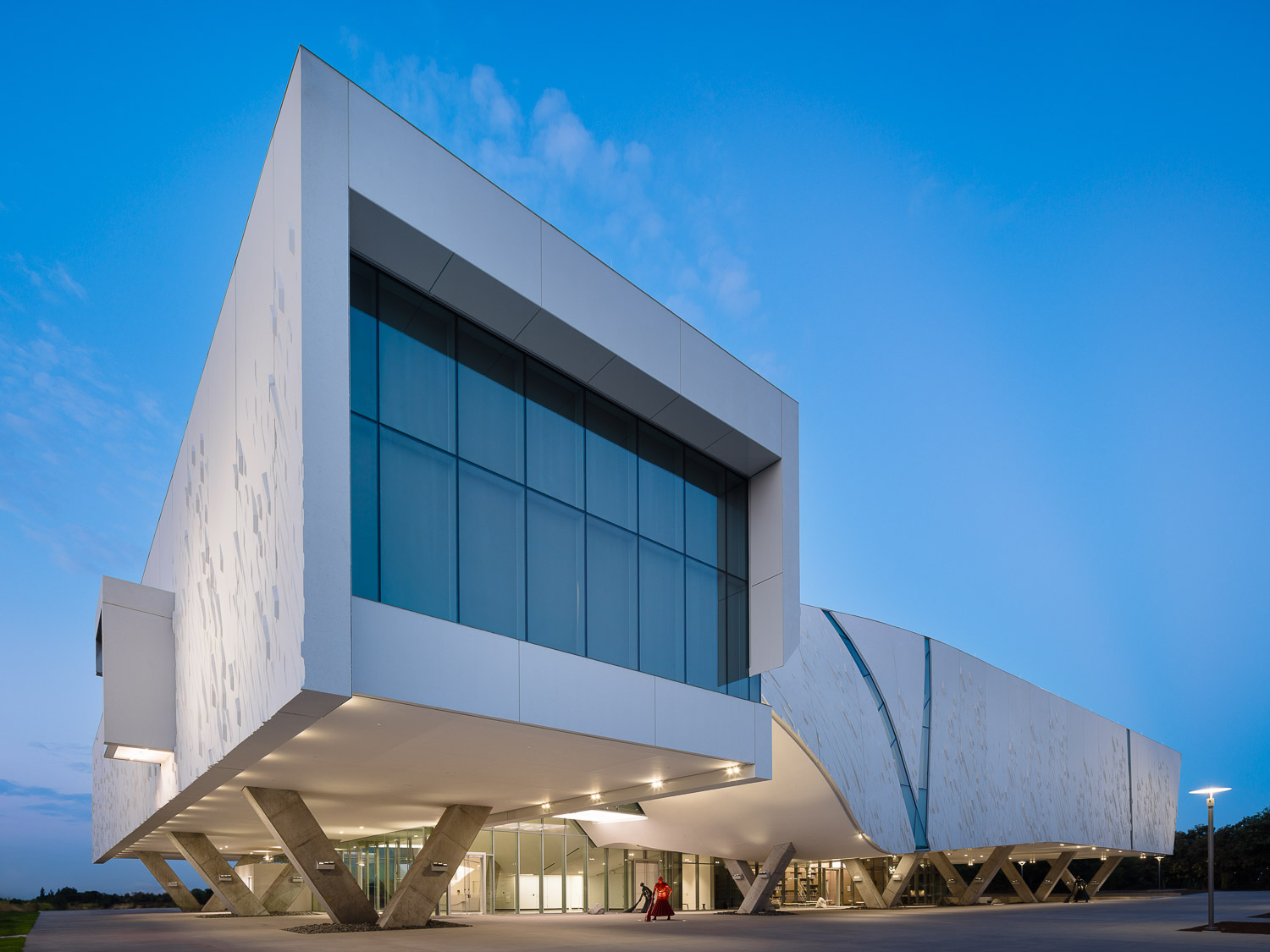In Richardson, Tex., the University of Texas at Dallas has opened a second location for the Crow Museum of Asian Art—the first of multiple buildings that will be part of a 12-acre cultural district.
When completed, the arts and performance complex, called the Edith and Peter O’Donnell Jr. Athenaeum, will include two museums, a performance hall and music building, a grand plaza, and a dedicated parking structure on the Richardson campus.
Designed by Morphosis, the two-story, 57,000-sf Crow Museum of Asian Art more than doubles the gallery space at the Crow Museum’s original location, which will continue to operate in the Dallas Arts District. The Crow Museum, which first opened in 1998, is one of the few U.S. organizations dedicated solely to Asian art.
The design for the new $63.5 million Crow Museum emphasizes transparency and natural light, with large expanses of glass and lightwells in the galleries and lobby. The building features white precast concrete cladding on all sides.
In addition, ground has been broken on the two-story performance hall and music building. The facility will provide a 680-seat performance hall, an outdoor performance space, rehearsal rooms, practice rooms, teaching studios, percussion studio, recording studio, administrative offices, classrooms, multifunctional lobby space, study spaces, and student lounge. Expected to open in fall 2026, the building will be part of the UT Dallas Harry W. Bass Jr. School of Arts, Humanities, and Technology.
“This complex, like our entire campus, will be a place of learning and growth,” Inga H. Musselman, UT Dallas provost, vice president for academic affairs, and the Cecil H. Green Distinguished Chair of Academic Leadership, said in a statement. “I envision students walking through the museums during their class breaks or taking notes about pieces of art that are displayed here. The performance hall and music building will provide even more opportunities for students.”
On the Crow Museum of Asian Art’s building team:
Design architect and architect of record: Morphosis
MEP engineer: Campos Engineering
Structural engineer: Datum Rios
General contractor: The Beck Group
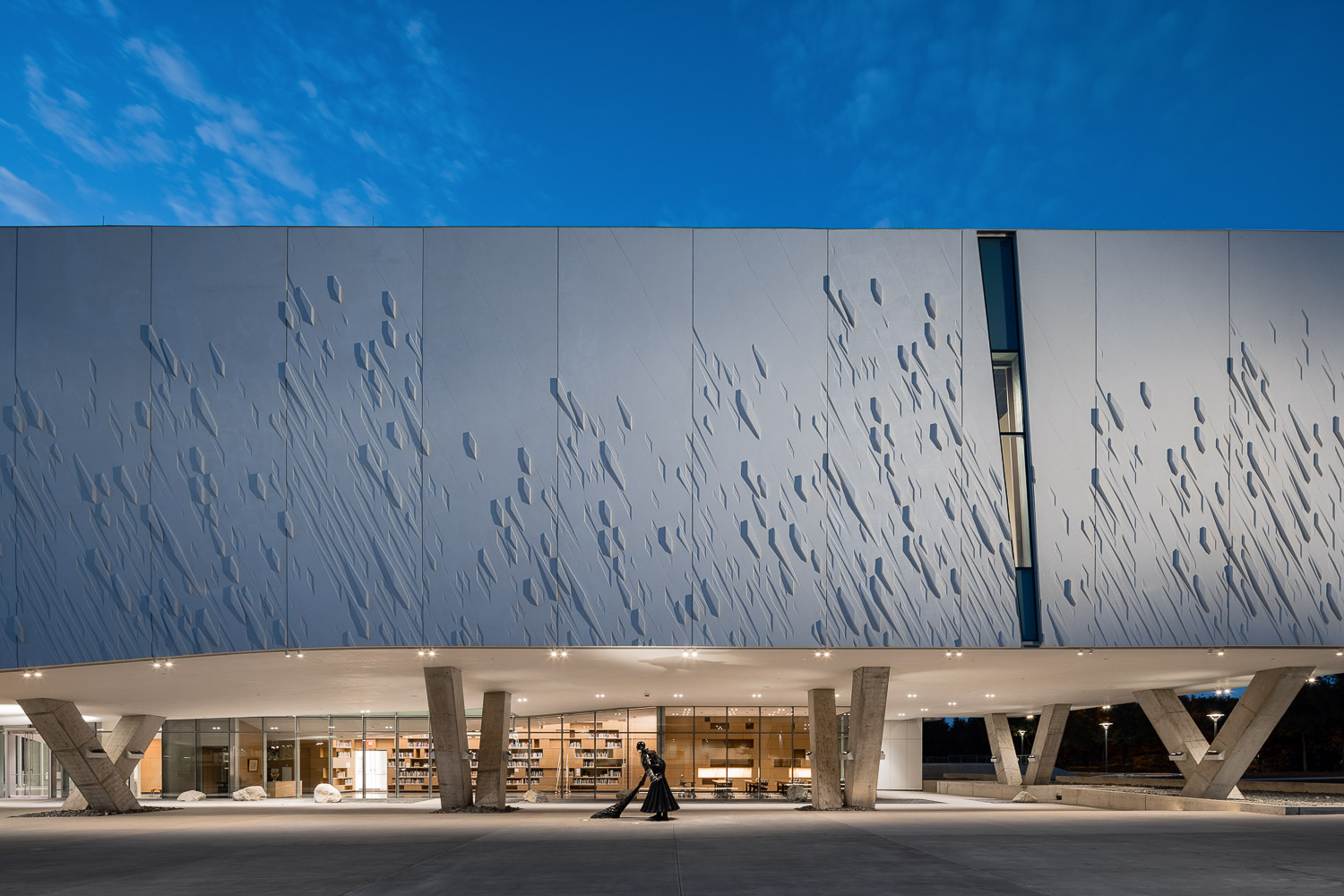
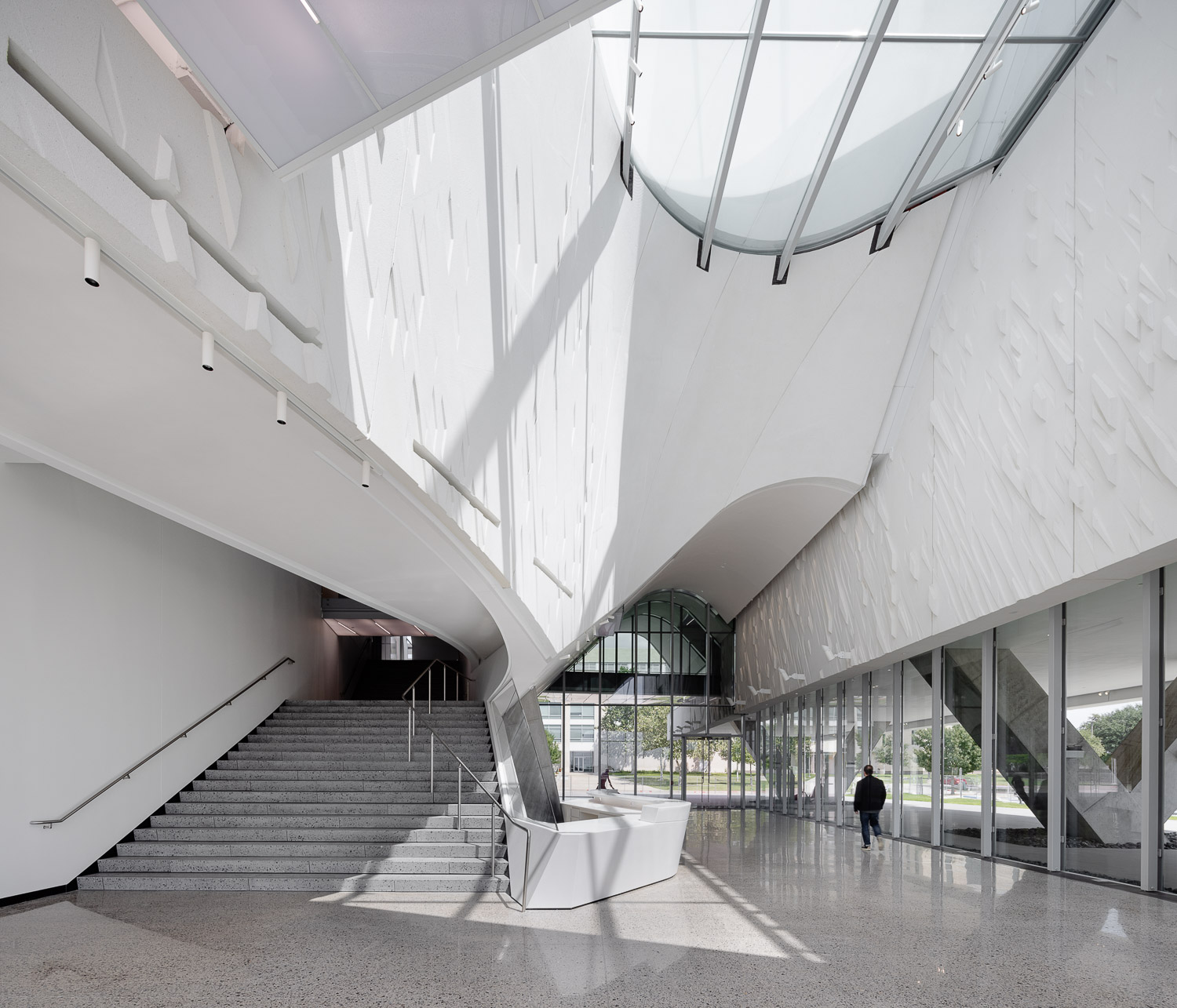
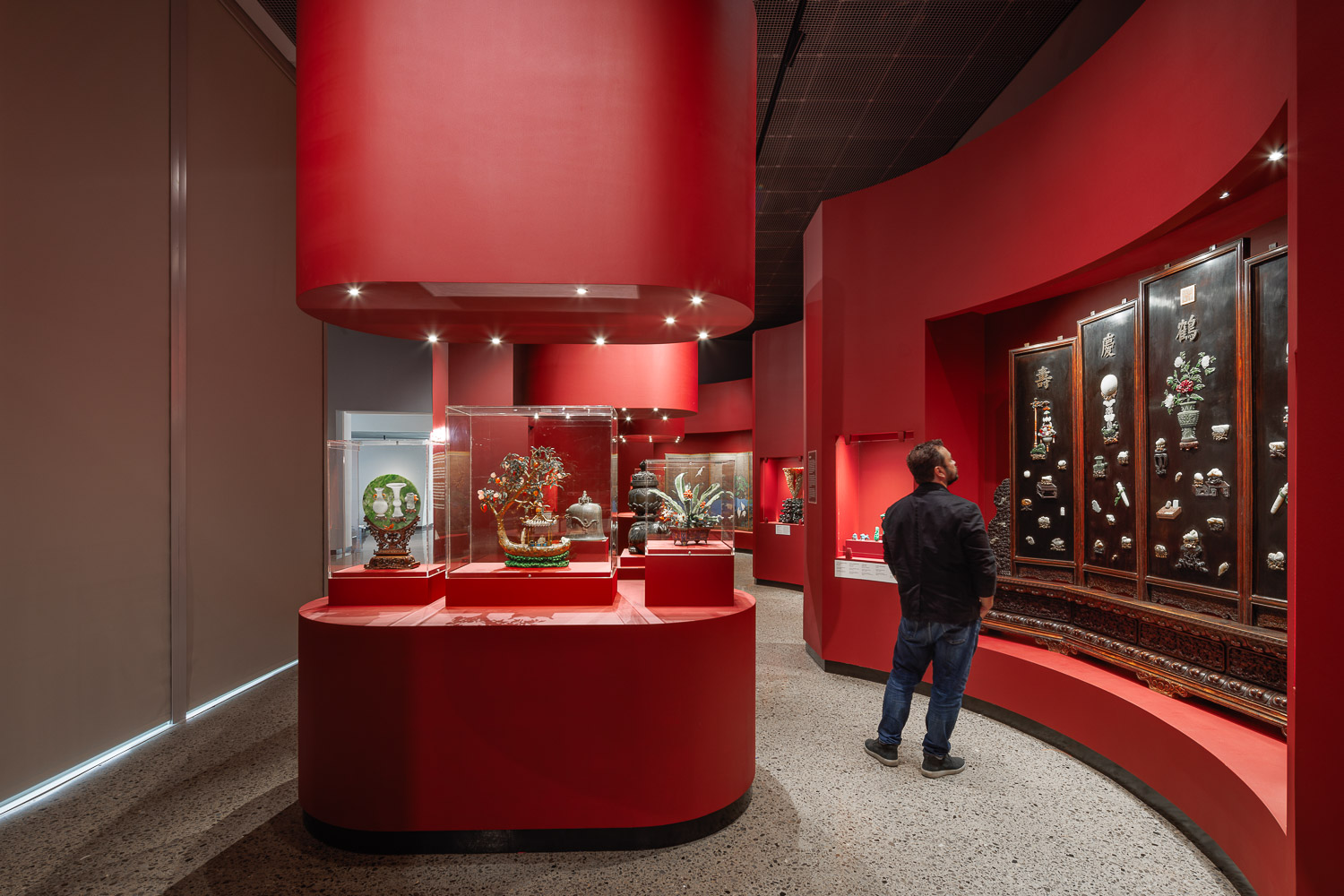
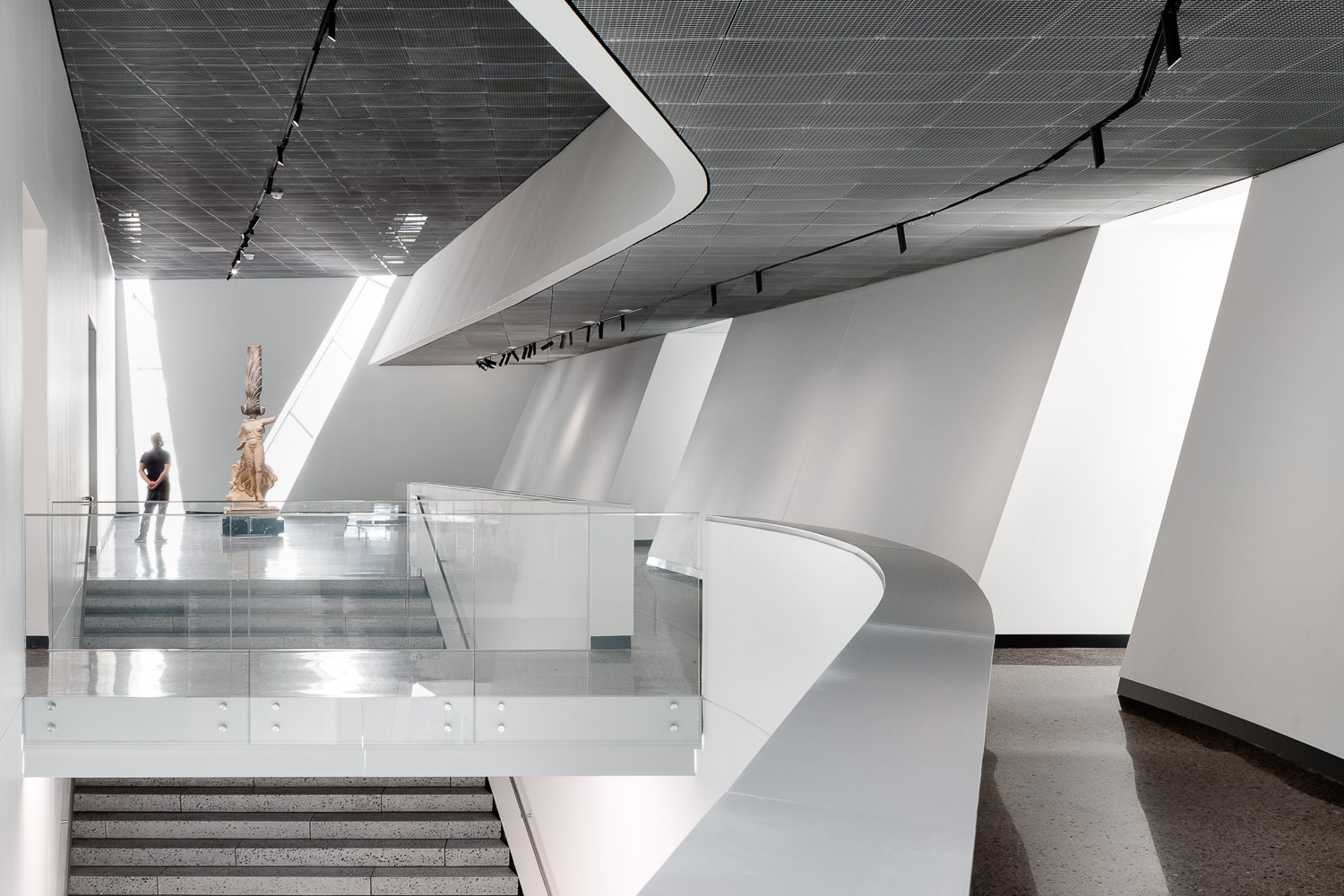
Related Stories
| Aug 11, 2010
Platinum Award: Reviving Oakland's Uptown Showstopper
The story of the Fox Oakland Theater is like that of so many movie palaces of the early 20th century. Built in 1928 based on a Middle Eastern-influenced design by architect Charles Peter Weeks and engineer William Peyton Day, the 3,400-seat cinema flourished until the mid-1960s, when the trend toward smaller multiplex theaters took its toll on the Fox Oakland.


